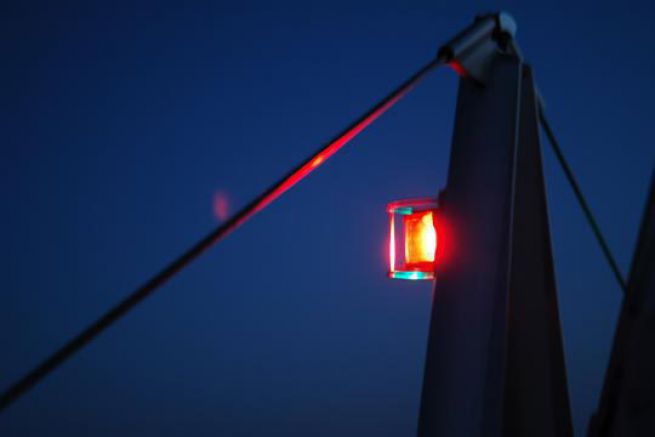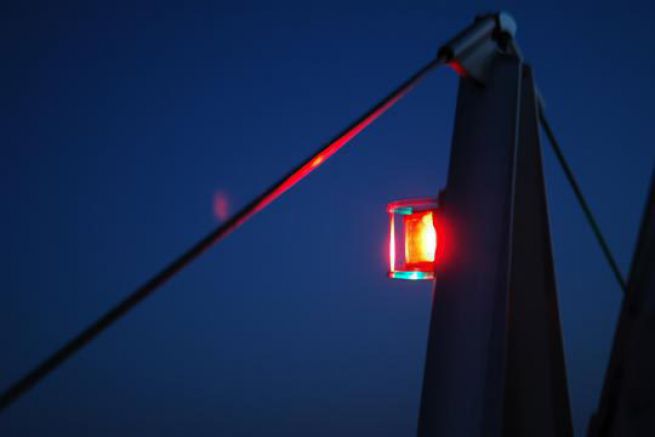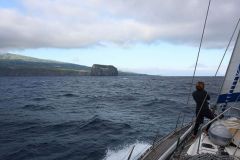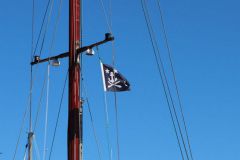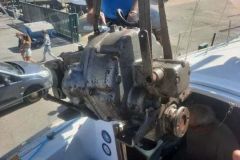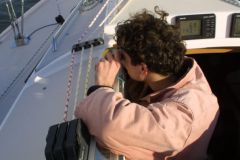The Directorate for Maritime Affairs has just published a note concerning the use of LED lights near VHF and AIS antennas. Excerpts :
"During periodic inspections of GMDSS and AIS installations on board professional vessels, the National Frequency Agency was alerted by shipowners to reception problems on the VHF band related to the operation of LED navigation lights and LED projectors... It appears that LED navigation lights installed in the vicinity of aircraft interfere with the reception of radiocommunication equipment. LED projectors also disturb these devices. More generally, the attention of the committee is drawn to the disturbances that can be caused by all LED lighting on radiocommunications and navigation equipment used on board"
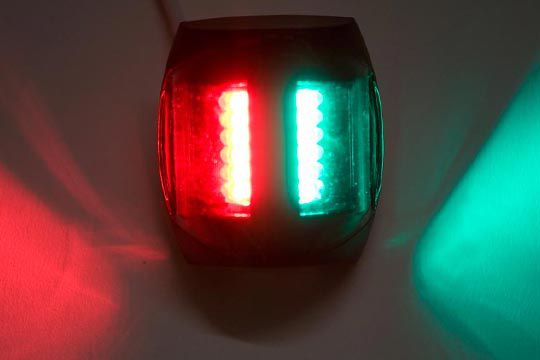
So should we throw away all our LED lights? Should we do without this lighting, which has reduced the electricity consumption on board our boats by a factor of 10?
There is a European standard EN 60945 for electromagnetic interference. Perhaps it is enough to check that the installed equipment responds well to it? This sesame will free you from all electromagnetic problems.
Indeed, the text concluded by: "Materials complying with standard EN 60945 (...) are presumed to comply with the above requirement."
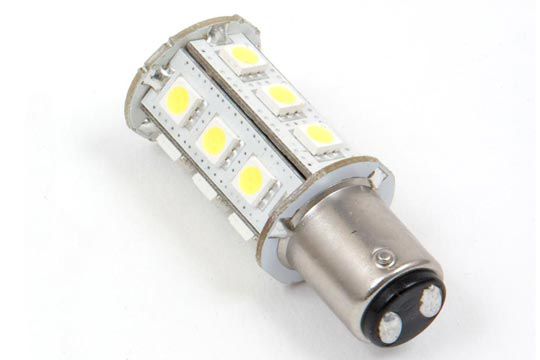
Manufacturers (or importers) of LED lights are well aware that their equipment must meet two main requirements: to provide intensity and colorimetry that meet the standard, but also to meet electromagnetic emission standards. This EN 60945 standard is there to ensure that there is no interference. Thus, lights that meet the standard do not pose any interference problems on VHF emissions (remember that AIS uses VHF frequencies).
Only one laboratory in France approved by Veritas to obtain Marine certification (Kenta in Brest) is able to carry out tests to validate whether a product is compatible with the EN 60945 standard. But these tests are expensive (about 3,000 euros per test), difficult to amortize on the small number of fires sold. Thus, some unscrupulous manufacturers do not hesitate to market products that have not passed any tests. Products at often very attractive prices..
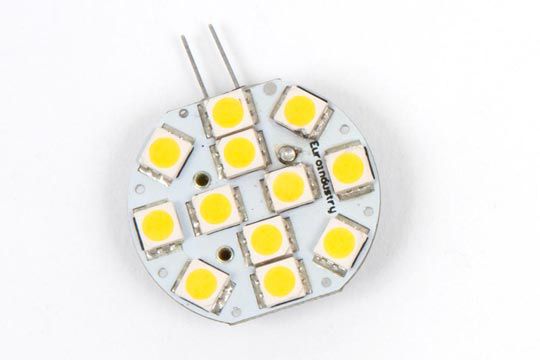
The problem had to be demonstrated on a commercial vessel, in this case the dredger "Jean Arno", with a measurement reading made by ANFR, for Maritime Affairs to react. In the report, the brands Aquasignal (for main beam headlamps) and Kent Marine (for bridge headlamps) are mentioned by name as disruptive to the signal.
Let us hope that this report and this warning will clean up the market a little bit for LED equipment sellers who cheat boaters by playing with their safety.
